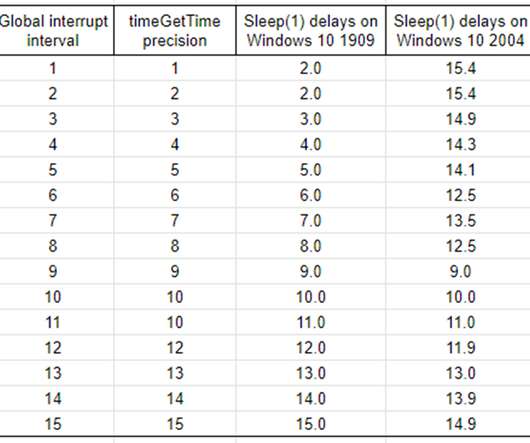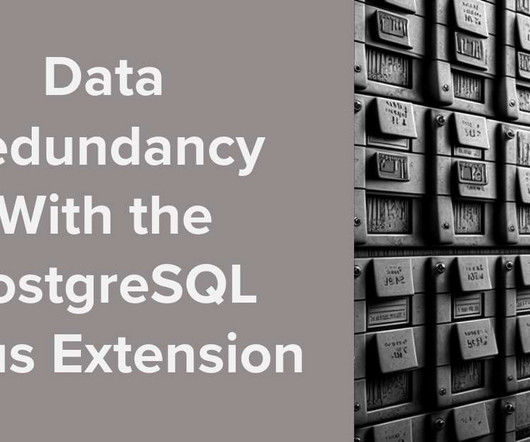The Return of the Frame Pointers
Brendan Gregg
MARCH 16, 2024
The problem is that this system has a default libc that has been compiled without frame pointers, so any stack walking stops at the libc layer, producing a partial stack that's missing the application frames. This is pretty common and usually goes unnoticed as the flame graph looks ok at first glance. Just to name a couple of languages.



















Let's personalize your content